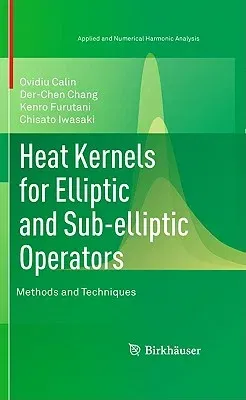With each methodology treated in its own chapter, this monograph is a
thorough exploration of several theories that can be used to find
explicit formulas for heat kernels for both elliptic and sub-elliptic
operators. The authors show how to find heat kernels for classical
operators by employing a number of different methods. Some of these
methods come from stochastic processes, others from quantum physics, and
yet others are purely mathematical. Depending on the symmetry, geometry
and ellipticity, some methods are more suited for certain operators
rather than others.
What is new about this work is the sheer diversity of methods that are
used to compute the heat kernels. It is interesting that such apparently
distinct branches of mathematics, including stochastic processes,
differential geometry, special functions, quantum mechanics and PDEs,
all have a common concept - the heat kernel. This unifying concept, that
brings together so many domains of mathematics, deserves dedicated
study.
One of the large classes of operators studied in this book is the sum of
squares operators. These operators might be either elliptic or
sub-elliptic. The methods for finding the heat kernel depend on the
commutativity condition of the operators. Another class of operators
investigated in this book is the sum between a second partially
differential operator and a smooth potential. The authors demonstrate
that the case of linear and quadratic potentials can be solved
explicitly either by path integral methods, or by Van Vleck's formula,
or by geometric methods that encounter classical action and volume
function. They can also be solved by means of psuedo-differential
operators. The book contains most of the heat kernels computable by
means of elementary functions. Future research in this field can
consider the possibility of closed-form expressions of heat kernels
involving elliptic functions and hyperelliptic functions.
Heat Kernels for Elliptic and Sub-elliptic Operators is an ideal
resource for graduate students, researchers, and practitioners in pure
and applied mathematics as well as theoretical physicists interested in
understanding different ways of approaching evolution operators.

